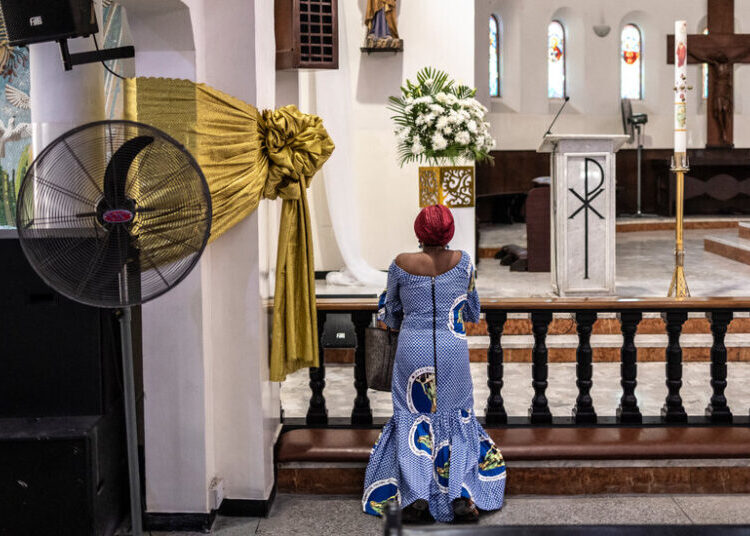On Brazil’s third-largest river basin, deep in the Amazon, a massive hydroelectric power plant stands as a monument to the world’s oldest source of clean energy — and the big challenges it faces.
Drought and time have taken their toll on the plant, the Tucuruí Dam and hydroelectric power project. Up close, visitors can see leaks that form little, unwanted waterfalls.
Completed around 40 years ago, the Tucuruí plant and hundreds of others worldwide are coming under increasing pressure just as humanity needs a lot more electricity. Droughts and dry spells have made it hard for plants to generate enough energy. Too much rain has also been a problem, because floods can damage their equipment.
Hydro energy production fell 3 percent in Brazil last year, according to Ember Energy Research. And what the country does produce amounts to less than half of its capacity. That may seem small, but it represents a big strain because energy use is growing fast and hydro plants have typically provided more than half of Brazil’s electricity.
Canada, China, the United States and other countries have also struggled with low hydroelectric production in recent years. How to make up for those shortfalls while achieving ambitious emissions and economic goals will be on the agenda at the United Nations’ annual climate conference in Belém, a six-hour drive from Tucuruí.
The post Hydropower Is Getting Less Reliable as the World Needs More Energy appeared first on New York Times.




